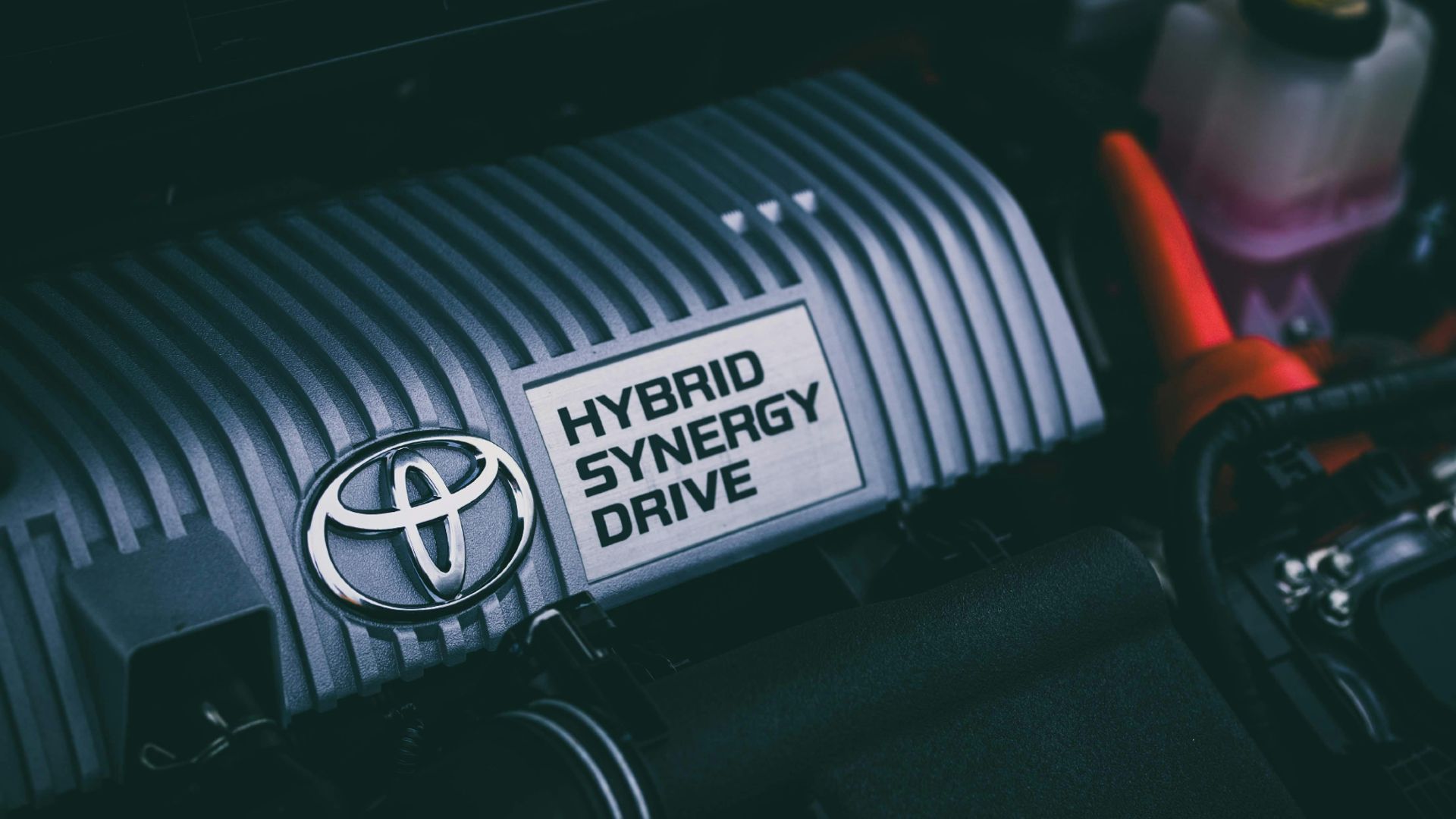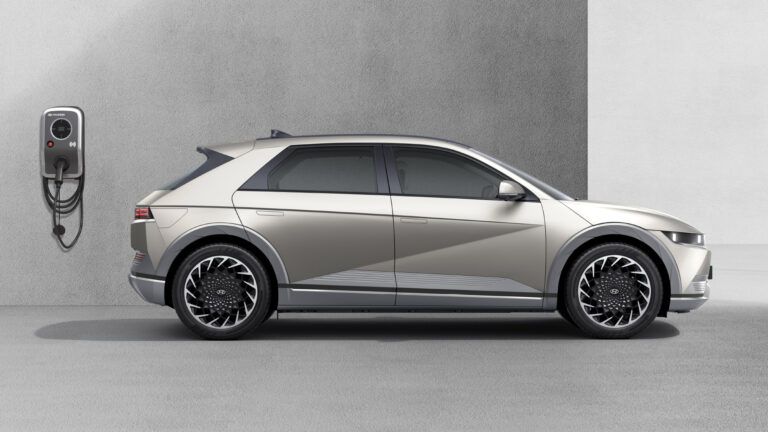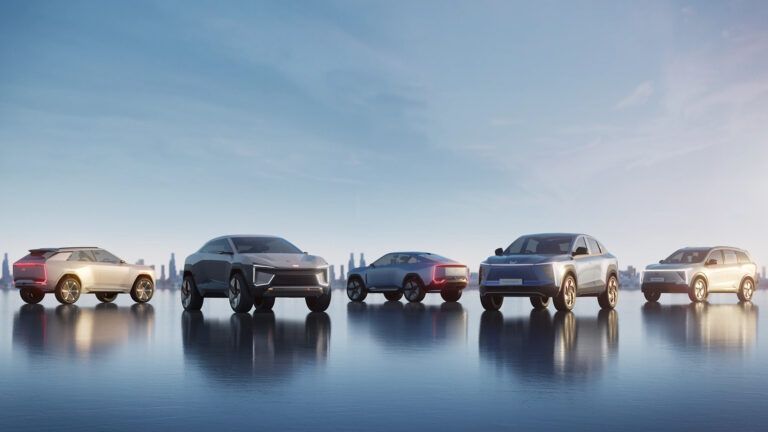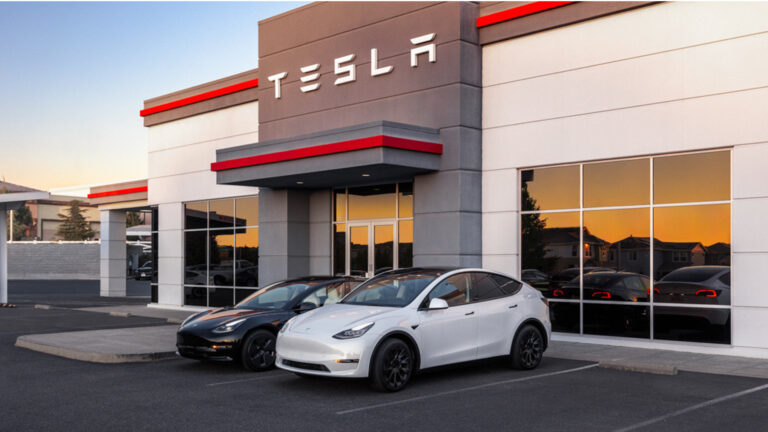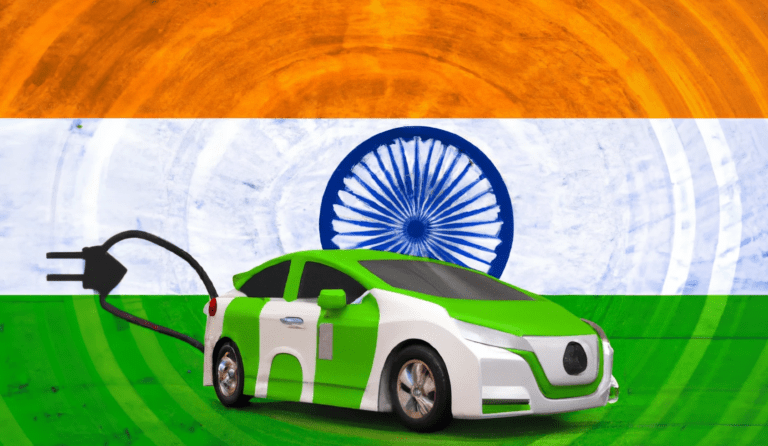Three Japanese brands said they will make new combustion engines. And now Toyota produced a new engine that can use different fuels. The Japanese automaker wants to reduce emissions and reach carbon neutrality. They will use different methods like electric cars, hybrids, new engines, and hydrogen powerplants.
Toyota developed new engines that are more efficient due to advancements in hydrogen technology. These engines can run on regular petrol and eco-friendly options like synthetic e-fuels, biodiesel, and hydrogen. Notably, the company used hydrogen technology in their GR Corolla race car.
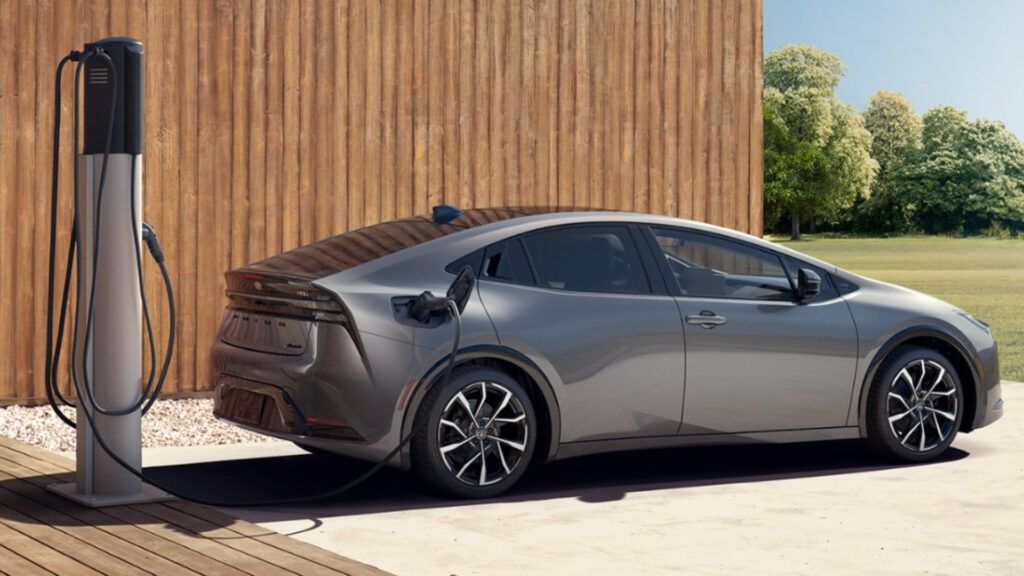
Fuel Flexibility and Hybrid Integration
The Japanese carmaker claims the new engines can be 10 to 20 percent smaller than current ones. However, they’re more fuel-efficient and have more power. These engines can use different fuels. In the short term, Toyota plans to use them in hybrid cars.
Also, the company created 1.5-liter engines without a turbo and with a turbo and a 2.0-liter engine with a turbo. The new engines will have shorter strokes and less torque; thus, they won’t rev as high as older ones. However, they’re made to work with a hybrid system, so electric motors can make up for any power gaps.
The exact details about the engines’ specifications and power are not yet known. They are expected to be available in Europe before July 1, 2027, when new emission standards start. The goal in the long run is to create an engine that uses eco-friendly fuels.

Toyota GR Corolla: Adoption of Hydrogen in Racing
Akio Toyoda, Toyota’s chairman and former CEO, wanted a racing car that runs on hydrogen. Instead of making a fuel-cell car like the Mirai, Toyota’s engineers looked for a way to use hydrogen in a regular engine. They chose the 1.6-liter three-cylinder engine from the GR Corolla, which was then used in the Japanese Super Taikyu racing series.
However, one big obstacle was finding the right balance of heat in the engine because hydrogen burns quicker and hotter than petrol. But Toyota’s engineers learned from this and figured out how to fix it, which was a big help in making the engines more efficient.

